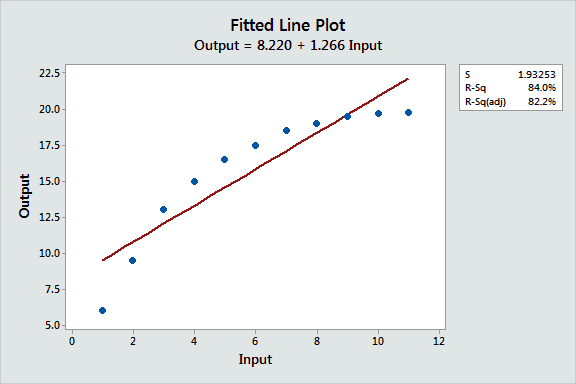engr_joni_ee
Advanced Member level 3
Hi, I have a temperature sensor readout system for pt1000. We need to calibrate sensors. If we take two reading at 0C and 100C and draw straight line between adc readings on x-axis and temperature in C on y-axis. We don't need to be very precise but we need to read temperature at -100C and -150C. I guess if we use the straight line calibration between 0C and 100C then how much pt1000 deviate at -100C and -150C ?
My findings when I look at the resistance values in datasheet of pt1000 is that at -100C there is a offset of 3C and at -150C the offset is 6C.
My findings when I look at the resistance values in datasheet of pt1000 is that at -100C there is a offset of 3C and at -150C the offset is 6C.
Last edited:
